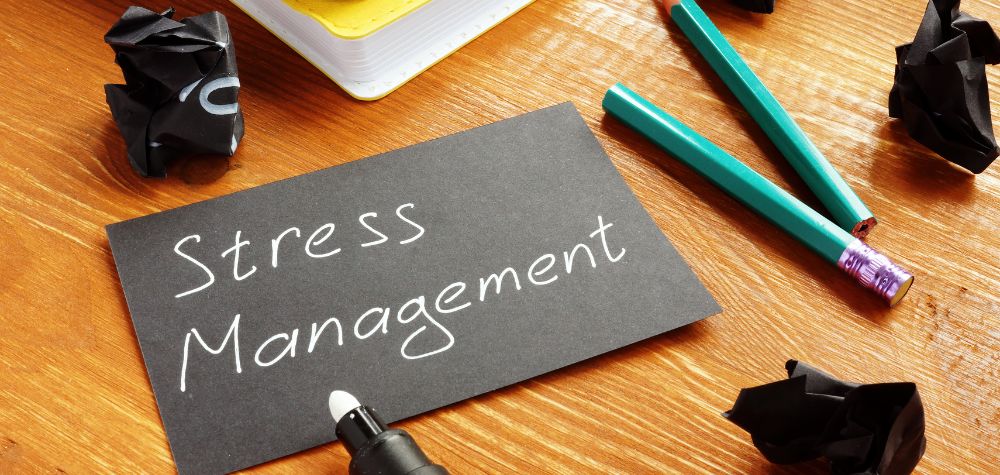Handling Microstress At Your Job

The well-being of employees is paramount to the success of any organisation. While major stressors such as heavy workloads and tight deadlines are recognised and addressed, the concept of micro stresses is gaining attention for its subtle yet impactful influence on employee health and performance.
What are Microstresses?
Microstresses are small, everyday stressors that individuals experience regularly in the workplace. Unlike major stressors that may be more easily identified, micro stresses are often subtle and cumulative, building up over time. These stressors can result from various sources, including interpersonal interactions, organisational culture, and environmental factors.
Examples of microstresses include subtle biases, feelings of exclusion, low-level conflicts, and communication challenges. While each instance may seem minor on its own, the cumulative effect can contribute to increased levels of stress, decreased job satisfaction, and impaired overall well-being.
Implications for Employees
Microstresses can significantly impact employee engagement, motivation, and performance. When employees consistently experience these subtle stressors, it can lead to a decline in mental and emotional well-being, increased absenteeism, and decreased productivity. Moreover, unresolved microstresses can contribute to a toxic work culture, affecting employee morale and teamwork.
Implications for Businesses
From a business perspective, the negative consequences of micro stresses can extend beyond the individual employee. A workplace culture that tolerates or overlooks microstresses may face challenges in talent retention, recruitment, and overall employee satisfaction. This can result in higher turnover rates and increased recruitment costs. Furthermore, a stressed workforce is more likely to experience burnout, impacting creativity, innovation, and the company’s ability to adapt to change.
Addressing Microstresses: Strategies for HR and Business Owners
Awareness and Education
- HR professionals and business owners should invest in training programs to raise awareness about micro stresses among employees.
- They should also promote diversity, equity, and inclusion initiatives to address biases and foster a more inclusive workplace.
Open Communication Channels
- Create a culture of open communication where employees feel comfortable discussing concerns and providing feedback.
- Regularly solicit employee feedback through surveys or focus groups to identify and address potential micro stressors.
Promote Work-Life Balance
- Encourage and model healthy work-life balance to reduce the overall stress levels in the workplace.
- Implement flexible work arrangements to accommodate individual needs and preferences.
Conflict Resolution and Mediation
- Develop and implement effective conflict resolution and mediation processes to address interpersonal issues promptly.
- Provide training for managers on effective communication and conflict resolution skills.
Wellness Programs
- Introduce wellness programs that focus on mental health, stress management, and mindfulness.
- Offer resources such as counselling services or employee assistance programs to support employees facing personal or professional challenges.
Leadership Training
- Provide leadership training to managers to help them recognise and address micro stresses within their teams.
- Foster a leadership style that promotes empathy, understanding, and active listening.
Recognising and addressing micro stresses is crucial for creating a positive and productive work environment.
By adopting a strategic approach that involves awareness, open communication, and proactive interventions, HR professionals and business owners can mitigate the negative impact of micro stresses on individual employees and the organisation’s overall health. Prioritising employee well-being enhances workplace satisfaction and contributes to long-term business success.




